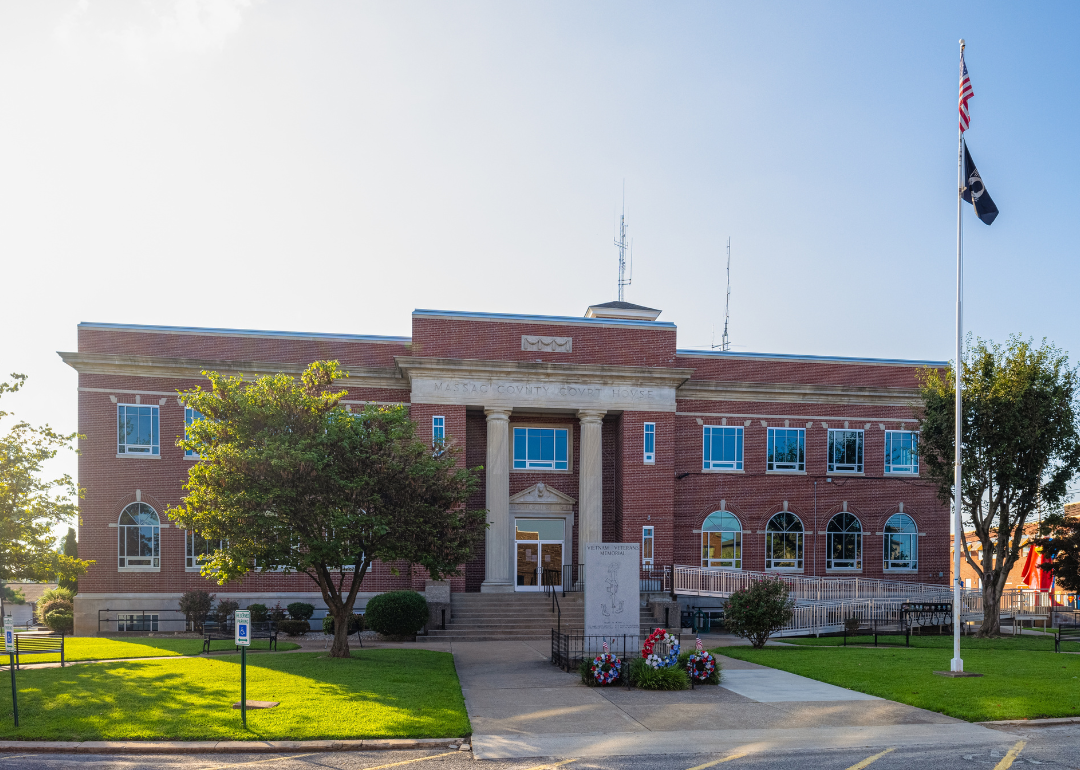
Wettest counties in Illinois
Rain, sleet, snow, hail, wintry mix. Precipitation takes on many forms, and the degree to which climate change affects precipitation levels comes down to something almost everyone learns about in school—Earth's water cycle. A system in endless motion, the water cycle traces the process through which water exists in its three primary phases—liquid, solid, and gas—as it moves perpetually between the Earth and its atmosphere.
Increases in precipitation frequency and intensity are markers of climate change. When temperatures rise and oceans grow warmer, the amount of water that evaporates into the atmosphere—and the speed at which it does so—also increases. As atmospheric circulation carries the moisture-rich air over land or pushes it into a storm system, heavy rain or snow is often the result.
The continental U.S. on average received about 30 inches of precipitation between March 2022 and February 2023. Traditionally "wet" regions—such as Washington state and Alaska in the northwest and Georgia and Mississippi in the southeast—continue to have some of the rainiest counties in the United States. Other areas such as Oklahoma, Kansas, and Nebraska, as well as pockets of the South and of California, experience the opposite extreme: drought, also largely a product of climate change.
Stacker cited data from the National Centers for Environmental Information to identify the counties in Illinois that receive the most precipitation through rain, sleet, or snow. Counties are ranked by five-year precipitation averages in inches as of February 2023 with rainfall over the past year serving as a tiebreaker. Supplementary data on how last year's precipitation compares to the 100-year average for the area is also included.
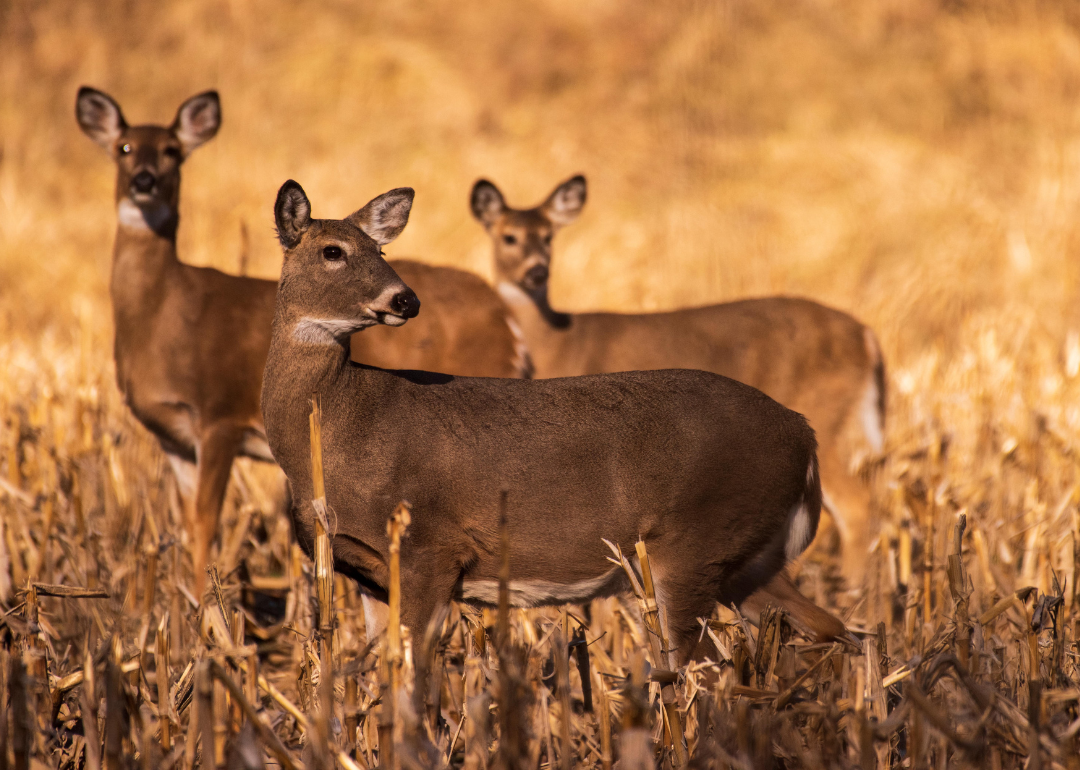
#50. Calhoun County
- Precipitation over the past year: 40.85 inches (#83 rainiest year since 1895)
- Precipitation compared to 1901-2000 average: 3.16 inches above norm
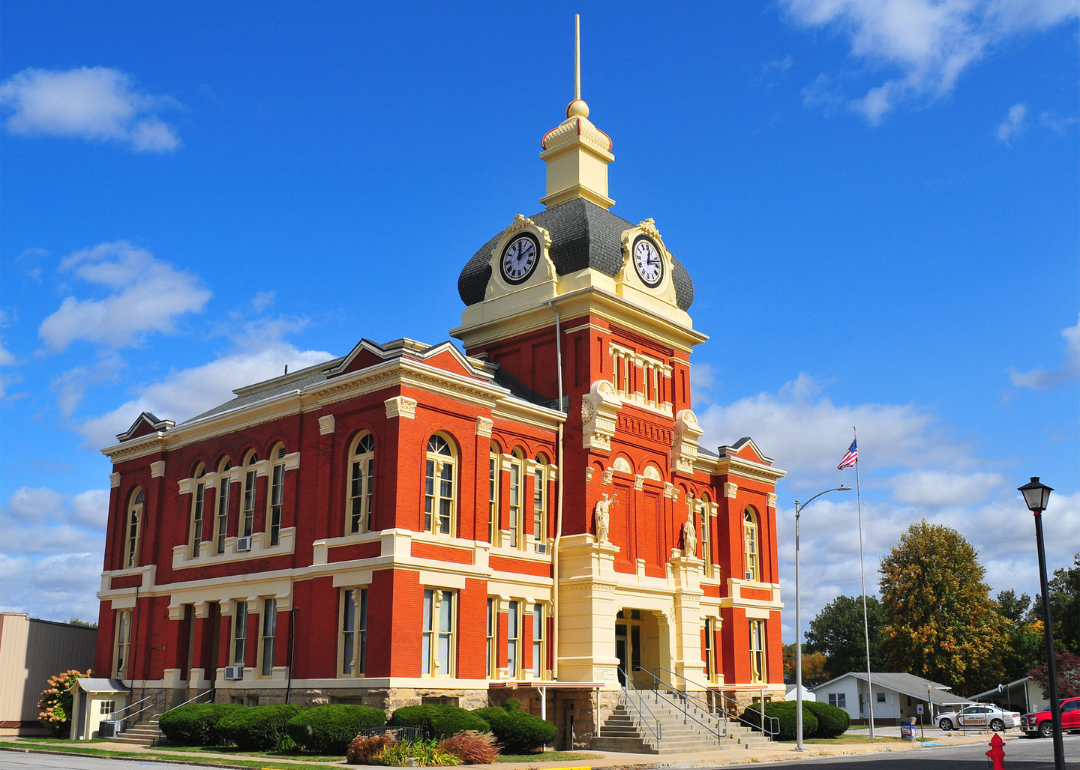
#49. Scott County
- Precipitation over the past year: 39.06 inches (#79 rainiest year since 1895)
- Precipitation compared to 1901-2000 average: 2.21 inches above norm

#48. Jersey County
- Precipitation over the past year: 40.91 inches (#80 rainiest year since 1895)
- Precipitation compared to 1901-2000 average: 3.06 inches above norm

#47. Macon County
- Precipitation over the past year: 40.08 inches (#85 rainiest year since 1895)
- Precipitation compared to 1901-2000 average: 2.70 inches above norm
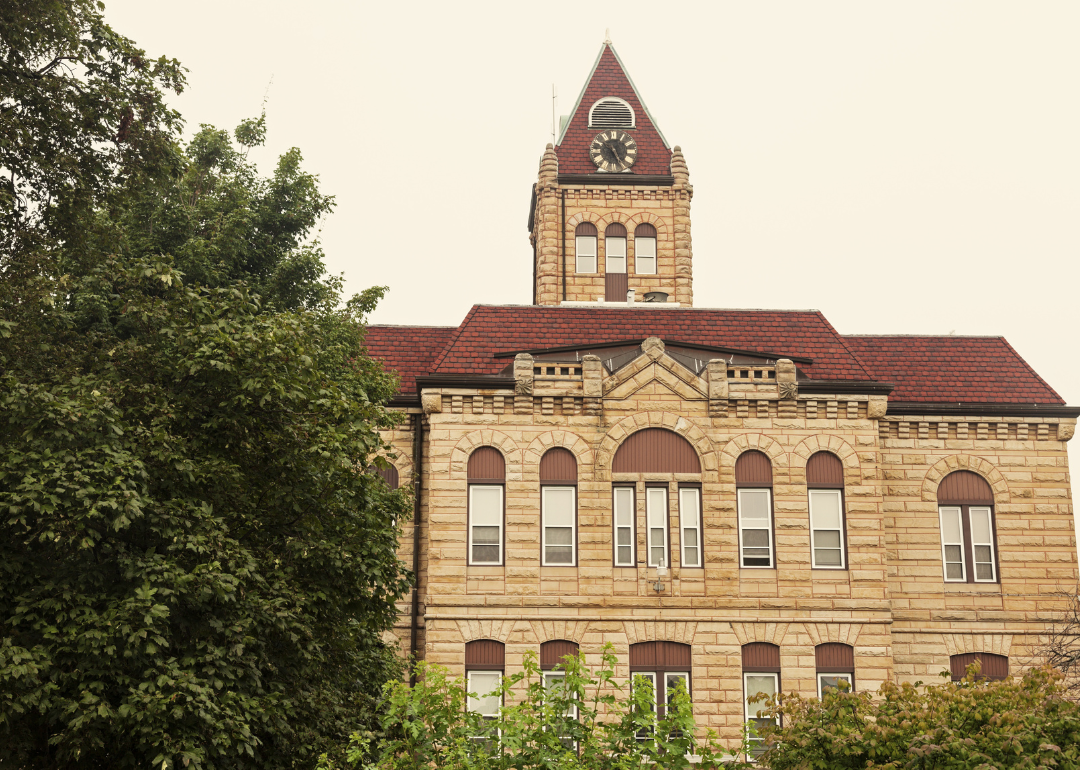
#46. Greene County
- Precipitation over the past year: 40.80 inches (#87 rainiest year since 1895)
- Precipitation compared to 1901-2000 average: 3.54 inches above norm

#45. Jo Daviess County
- Precipitation over the past year: 43.63 inches (#117 rainiest year since 1895)
- Precipitation compared to 1901-2000 average: 9.76 inches above norm
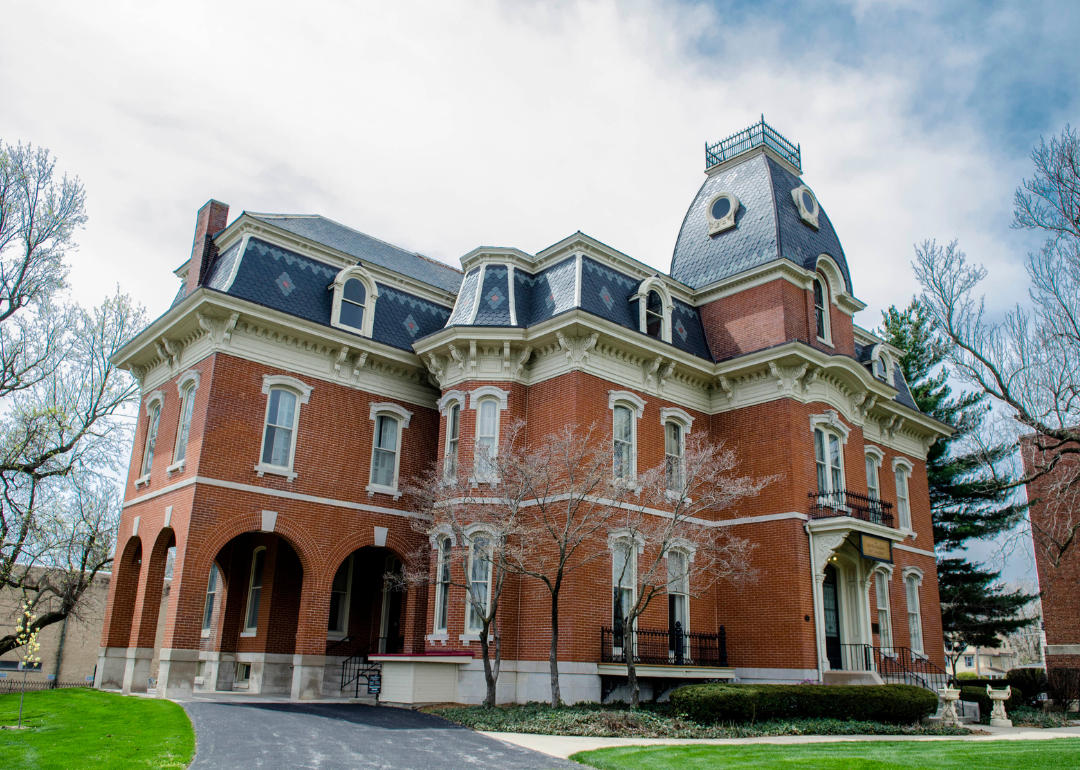
#44. Morgan County
- Precipitation over the past year: 39.81 inches (#89 rainiest year since 1895)
- Precipitation compared to 1901-2000 average: 3.08 inches above norm
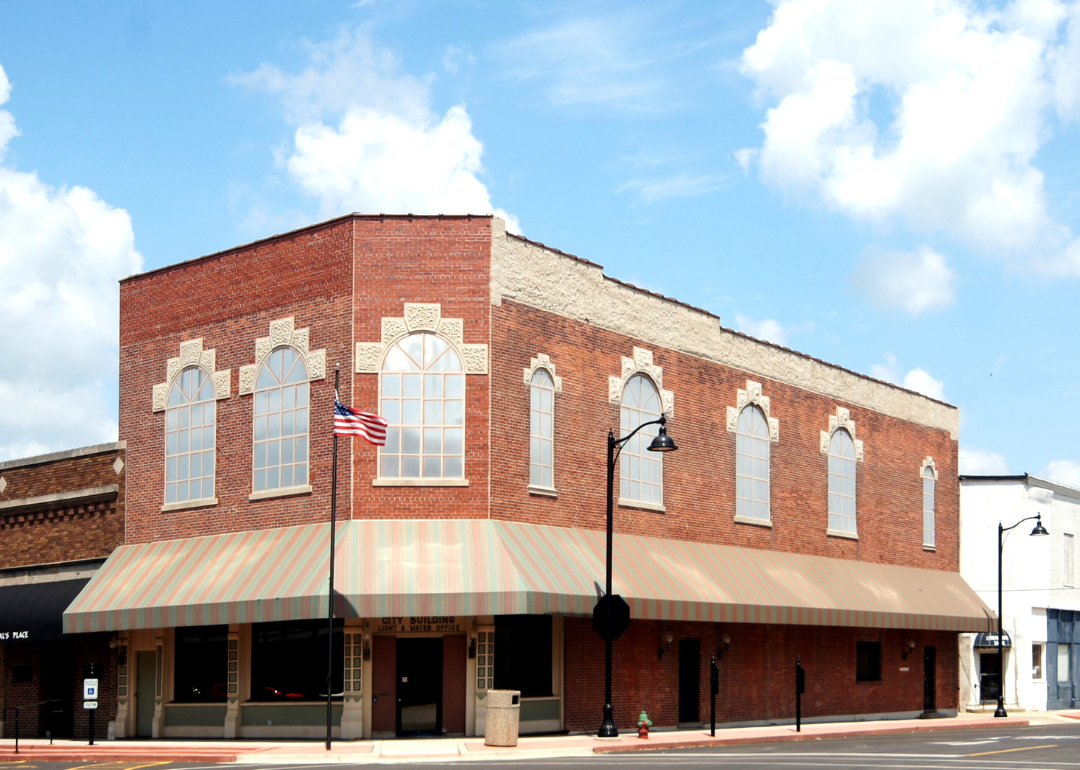
#43. Moultrie County
- Precipitation over the past year: 37.85 inches (#56 rainiest year since 1895)
- Precipitation compared to 1901-2000 average: -0.11 inches below norm
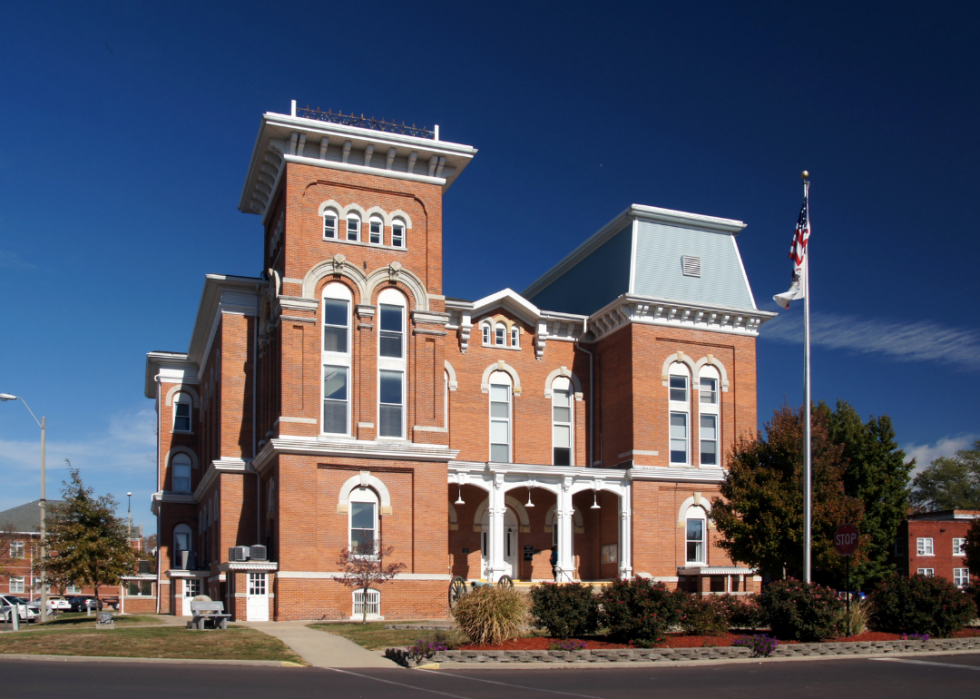
#42. Montgomery County
- Precipitation over the past year: 43.06 inches (#97 rainiest year since 1895)
- Precipitation compared to 1901-2000 average: 5.32 inches above norm
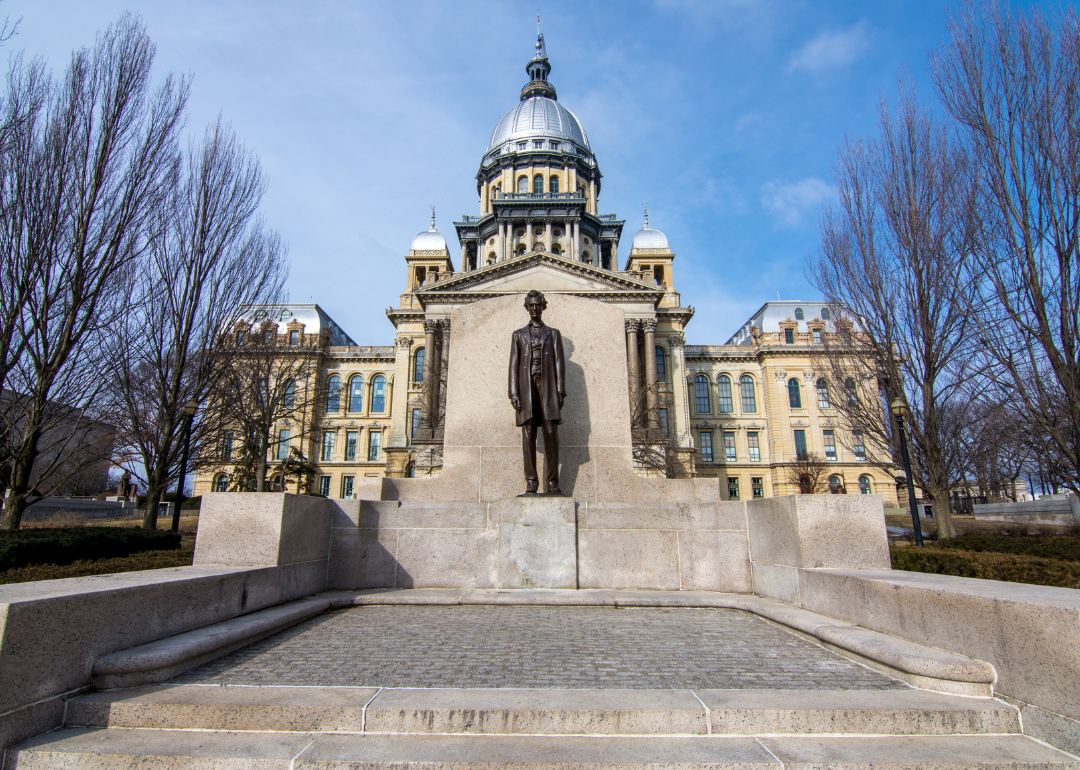
#41. Sangamon County
- Precipitation over the past year: 39.90 inches (#92 rainiest year since 1895)
- Precipitation compared to 1901-2000 average: 3.69 inches above norm
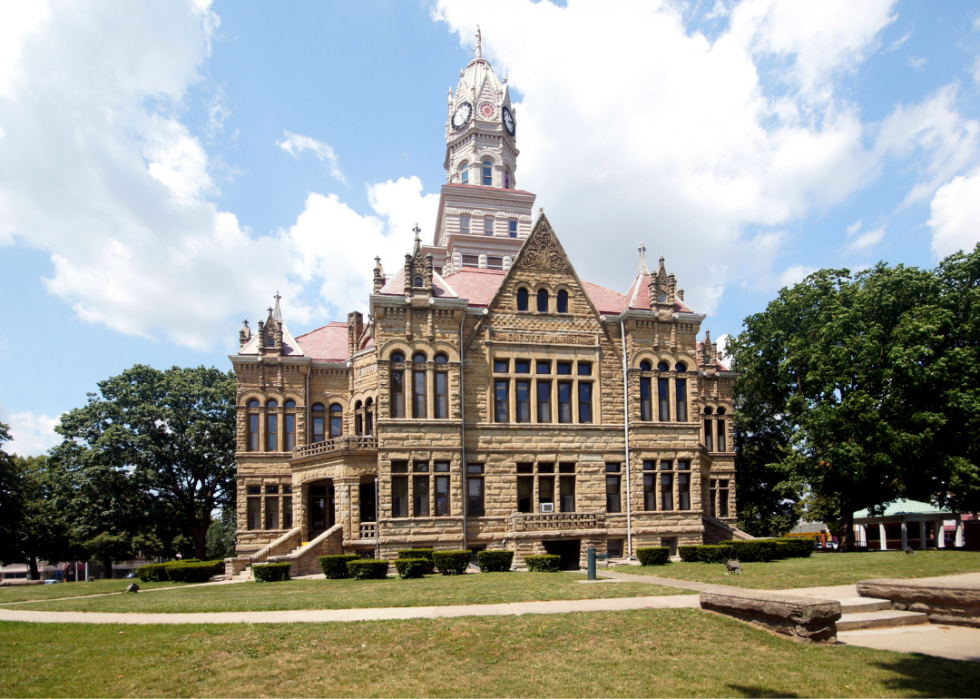
#40. Edgar County
- Precipitation over the past year: 35.56 inches (#38 rainiest year since 1895)
- Precipitation compared to 1901-2000 average: -2.95 inches below norm
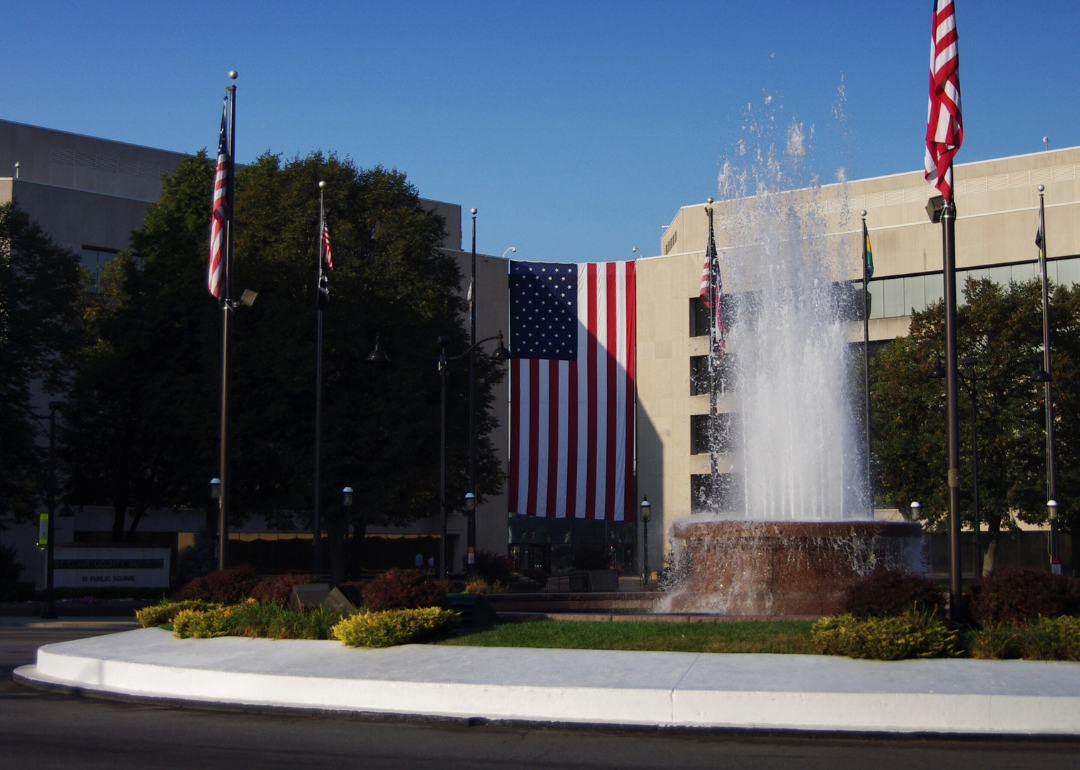
#39. St. Clair County
- Precipitation over the past year: 40.13 inches (#71 rainiest year since 1895)
- Precipitation compared to 1901-2000 average: 1.20 inches above norm

#38. Madison County
- Precipitation over the past year: 42.23 inches (#87 rainiest year since 1895)
- Precipitation compared to 1901-2000 average: 3.97 inches above norm
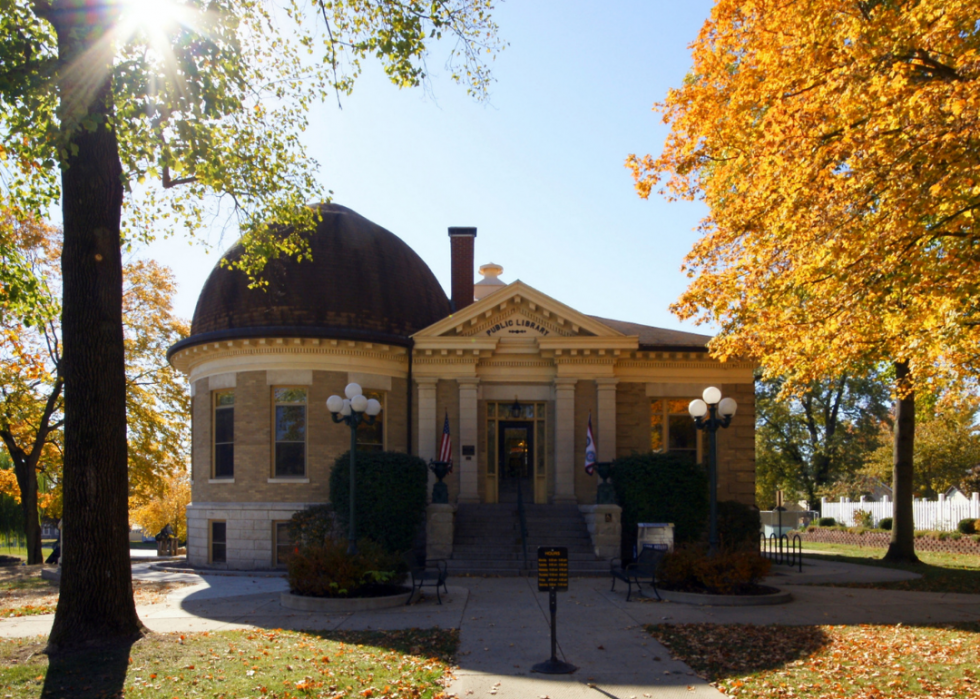
#37. Bond County
- Precipitation over the past year: 40.73 inches (#74 rainiest year since 1895)
- Precipitation compared to 1901-2000 average: 1.43 inches above norm
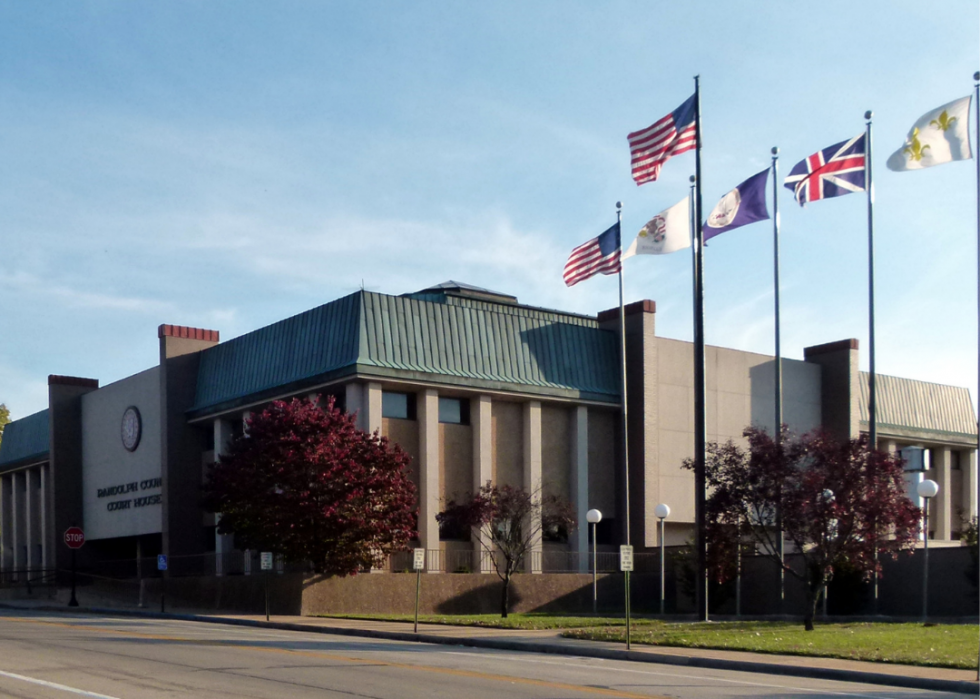
#36. Randolph County
- Precipitation over the past year: 39.01 inches (#49 rainiest year since 1895)
- Precipitation compared to 1901-2000 average: -1.67 inches below norm
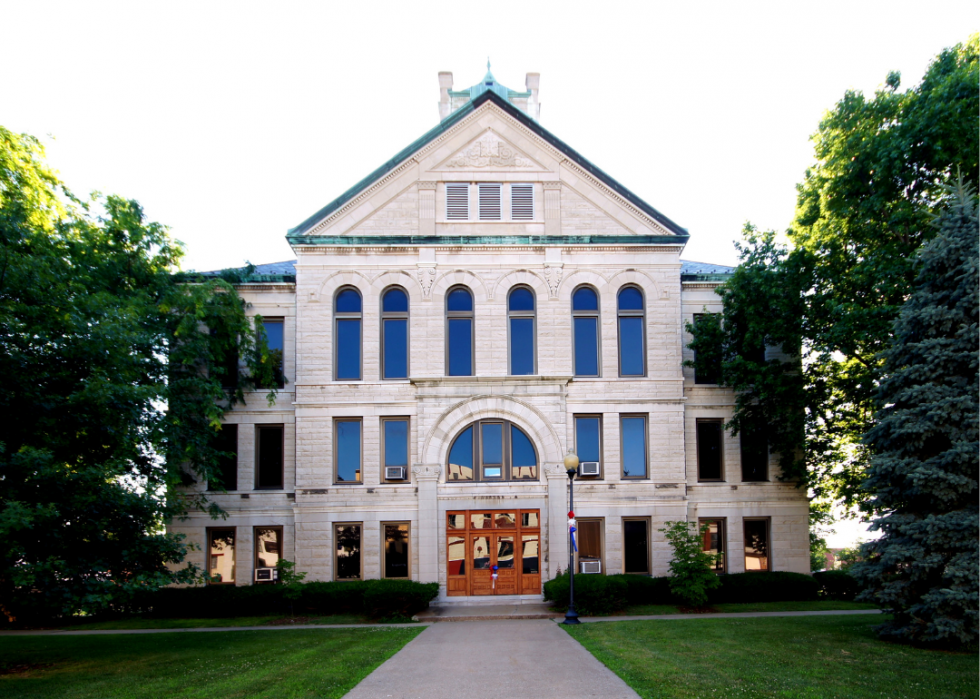
#35. Christian County
- Precipitation over the past year: 41.06 inches (#93 rainiest year since 1895)
- Precipitation compared to 1901-2000 average: 4.22 inches above norm
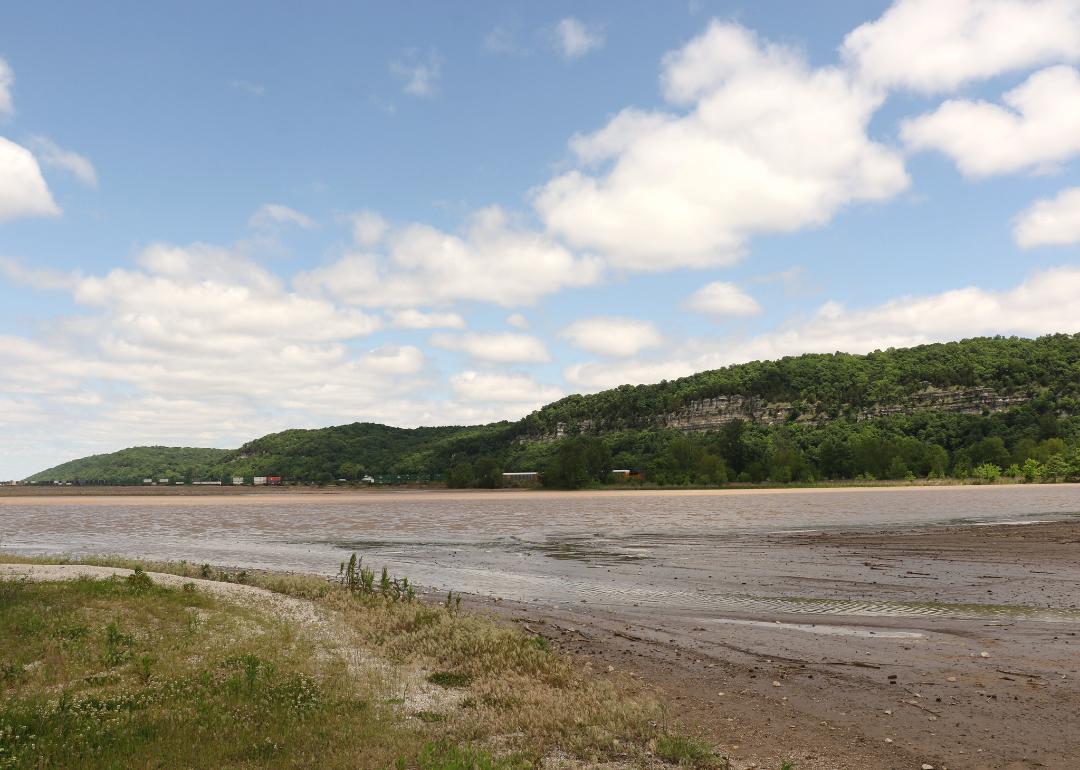
#34. Monroe County
- Precipitation over the past year: 40.25 inches (#69 rainiest year since 1895)
- Precipitation compared to 1901-2000 average: 0.69 inches above norm
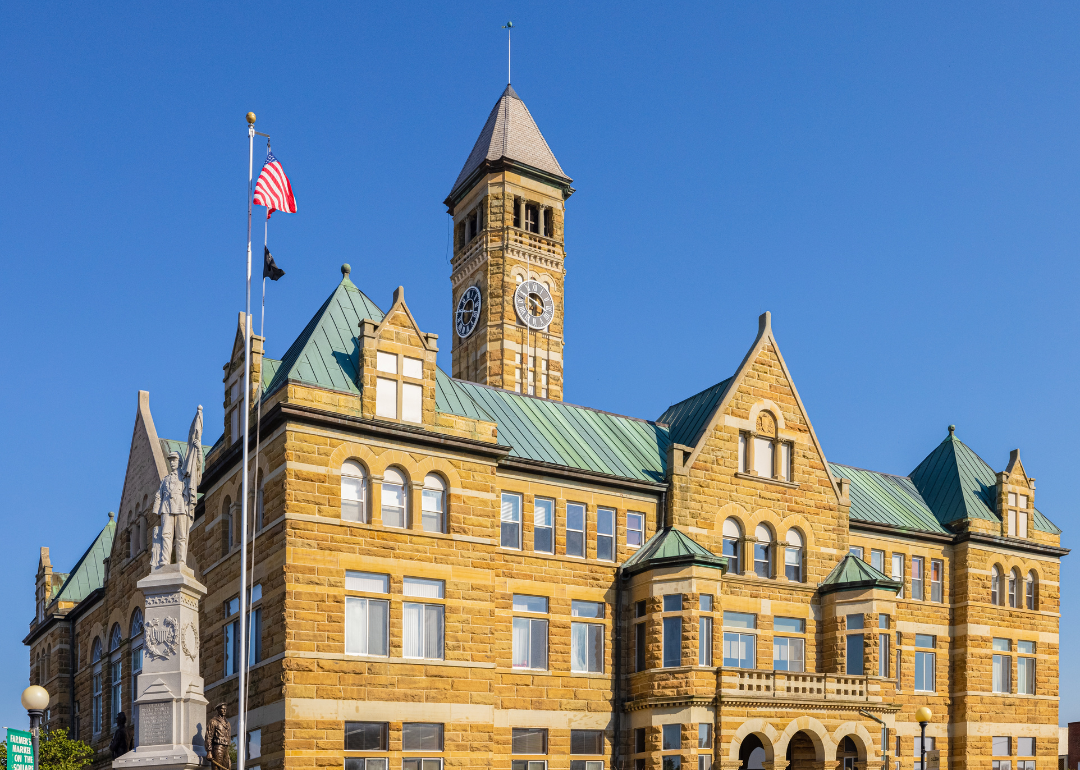
#33. Coles County
- Precipitation over the past year: 39.05 inches (#69 rainiest year since 1895)
- Precipitation compared to 1901-2000 average: 0.82 inches above norm
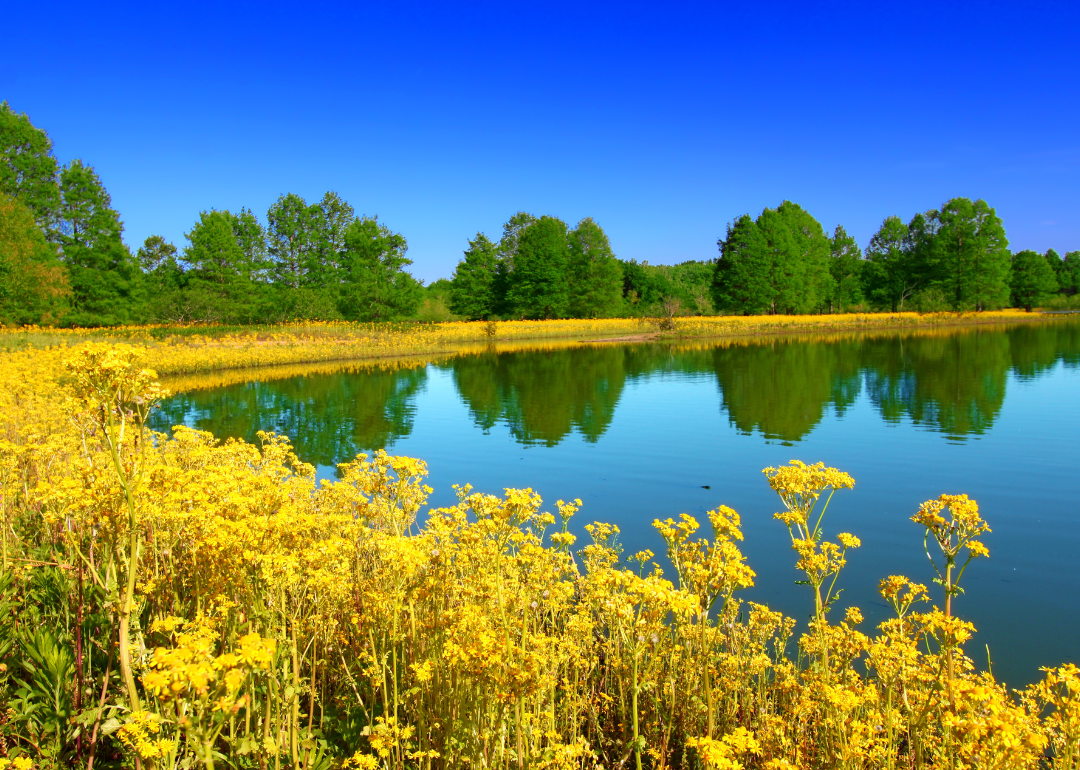
#32. Clinton County
- Precipitation over the past year: 38.68 inches (#49 rainiest year since 1895)
- Precipitation compared to 1901-2000 average: -1.02 inches below norm

#31. Perry County
- Precipitation over the past year: 37.61 inches (#36 rainiest year since 1895)
- Precipitation compared to 1901-2000 average: -3.54 inches below norm
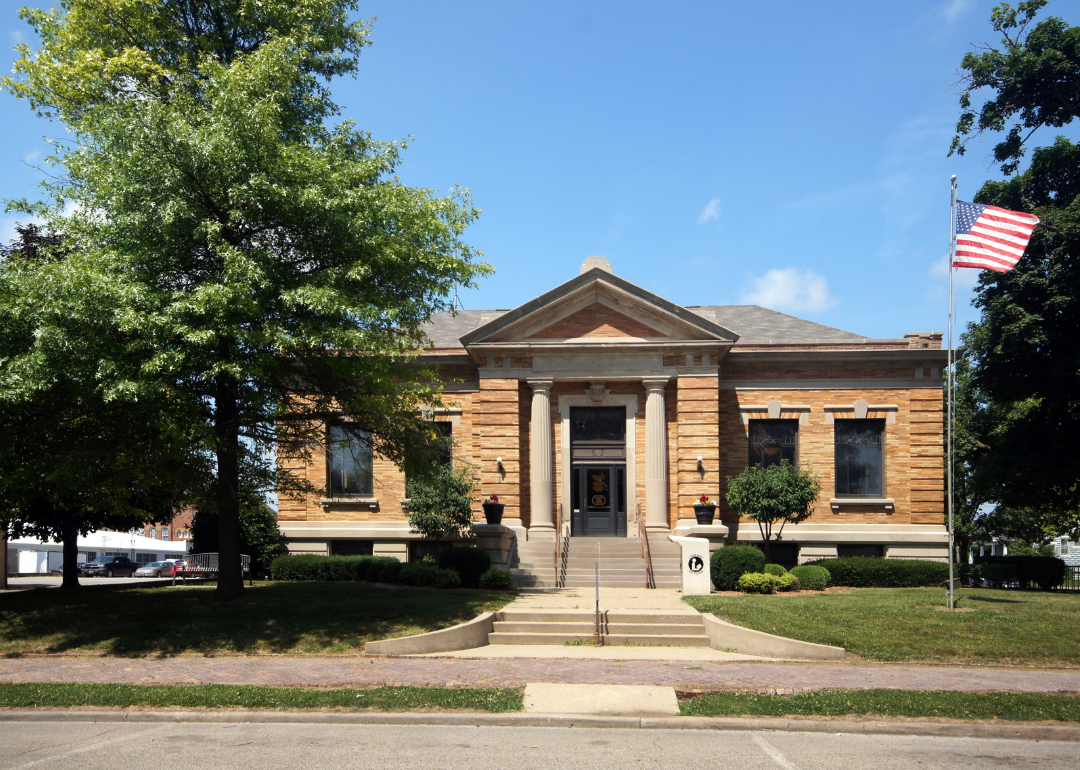
#30. Shelby County
- Precipitation over the past year: 42.90 inches (#98 rainiest year since 1895)
- Precipitation compared to 1901-2000 average: 4.50 inches above norm
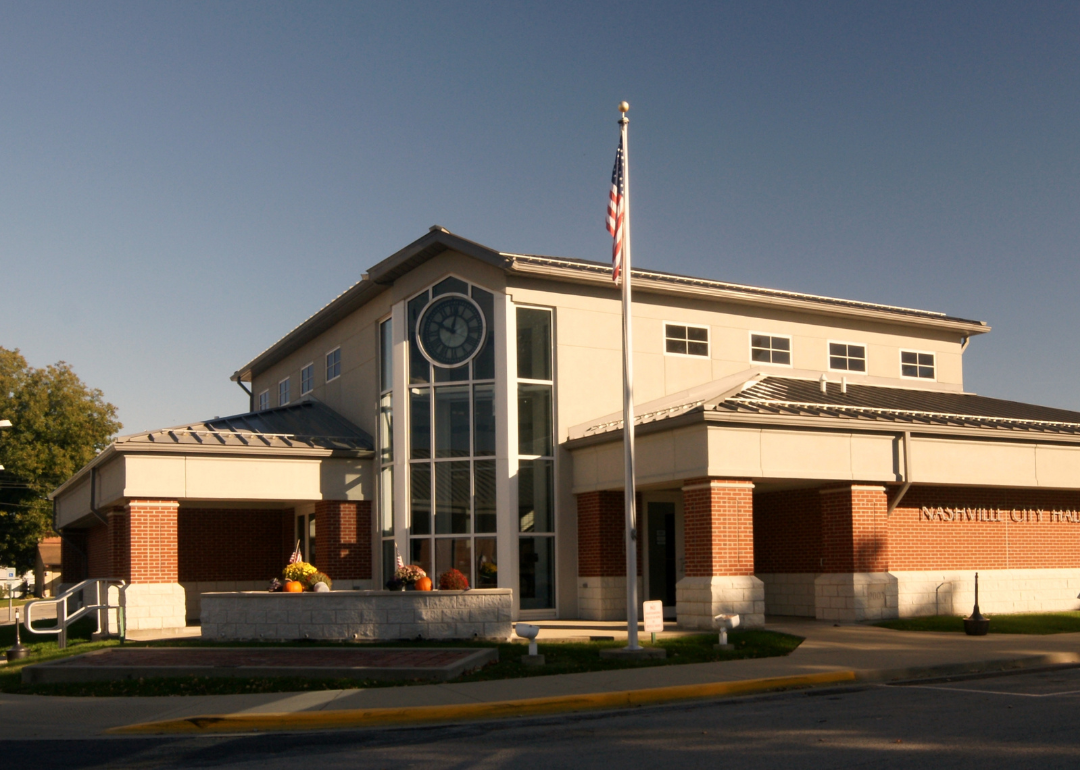
#29. Washington County
- Precipitation over the past year: 37.71 inches (#38 rainiest year since 1895)
- Precipitation compared to 1901-2000 average: -3.06 inches below norm
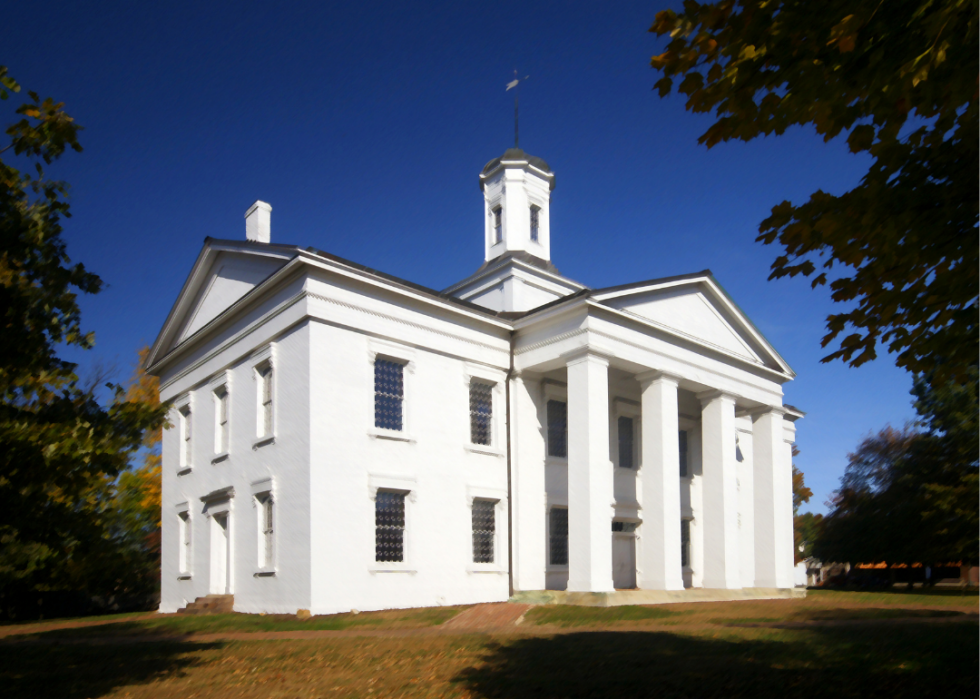
#28. Fayette County
- Precipitation over the past year: 42.03 inches (#84 rainiest year since 1895)
- Precipitation compared to 1901-2000 average: 3.19 inches above norm
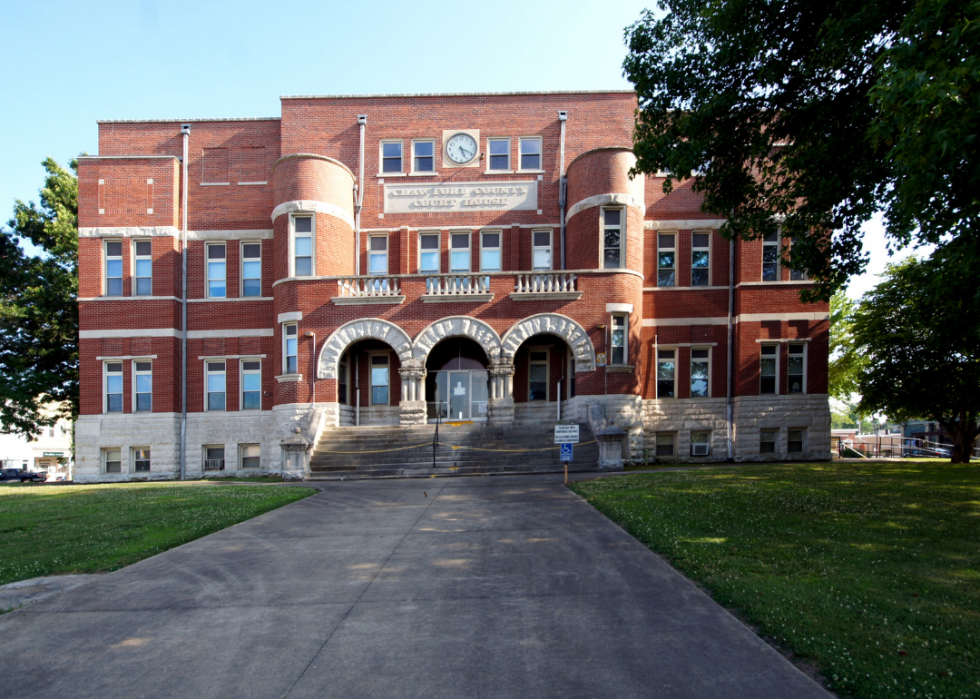
#27. Crawford County
- Precipitation over the past year: 40.21 inches (#50 rainiest year since 1895)
- Precipitation compared to 1901-2000 average: -0.74 inches below norm
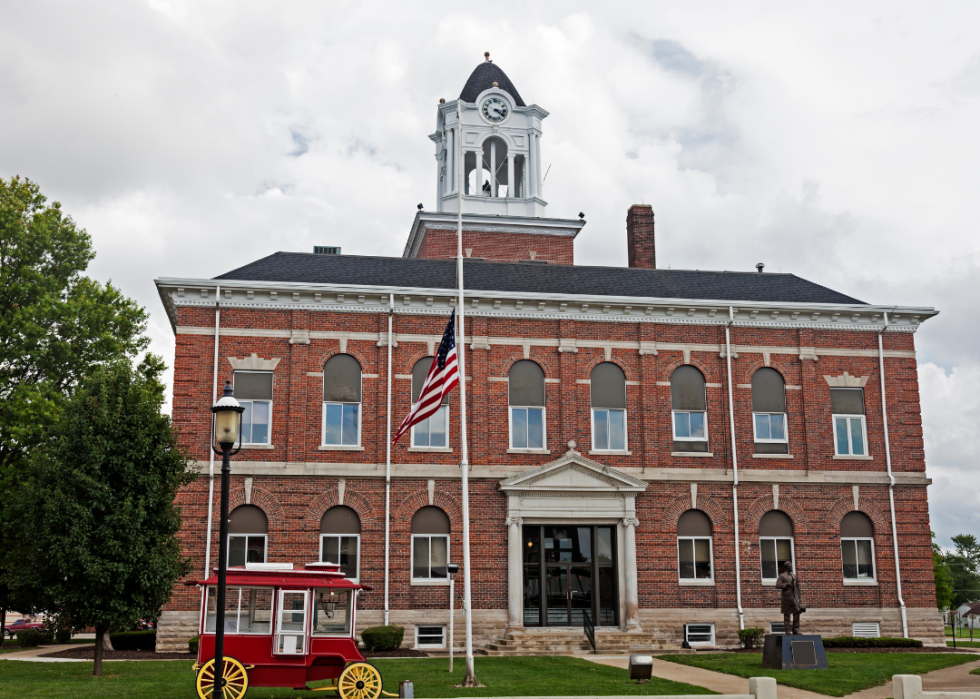
#26. Clark County
- Precipitation over the past year: 40.66 inches (#68 rainiest year since 1895)
- Precipitation compared to 1901-2000 average: 1.04 inches above norm
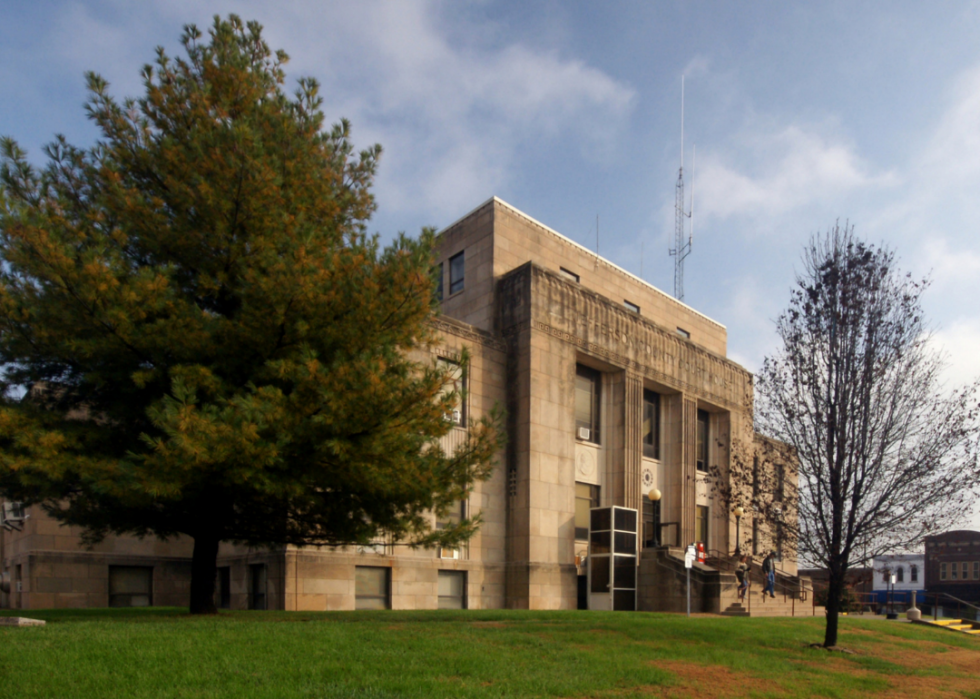
#25. Jefferson County
- Precipitation over the past year: 37.35 inches (#32 rainiest year since 1895)
- Precipitation compared to 1901-2000 average: -4.52 inches below norm
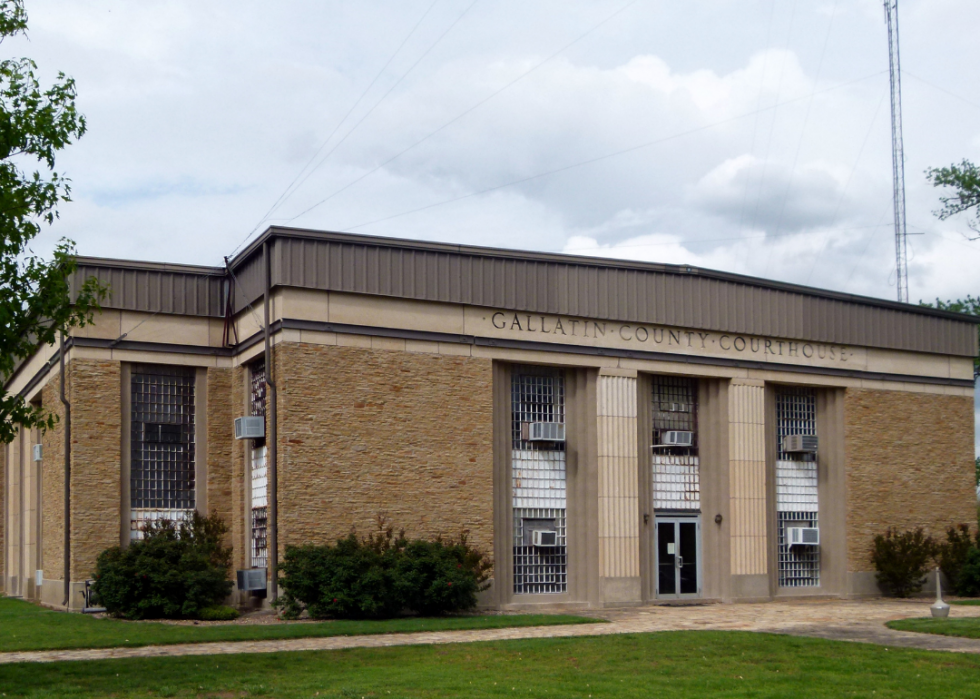
#24. Gallatin County
- Precipitation over the past year: 38.70 inches (#23 rainiest year since 1895)
- Precipitation compared to 1901-2000 average: -6.09 inches below norm
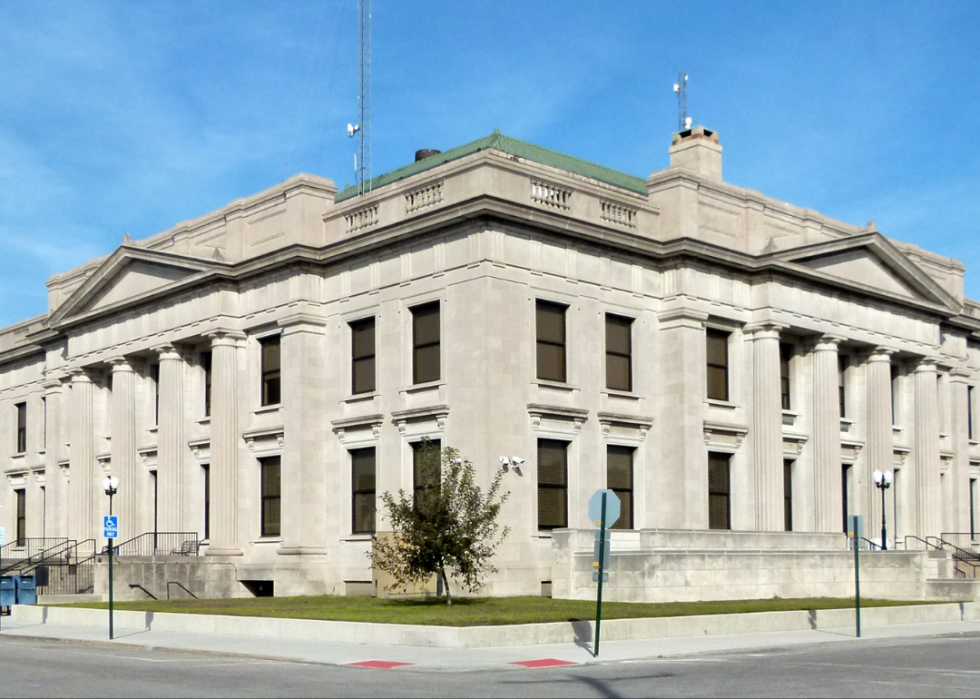
#23. Jackson County
- Precipitation over the past year: 38.14 inches (#31 rainiest year since 1895)
- Precipitation compared to 1901-2000 average: -4.85 inches below norm
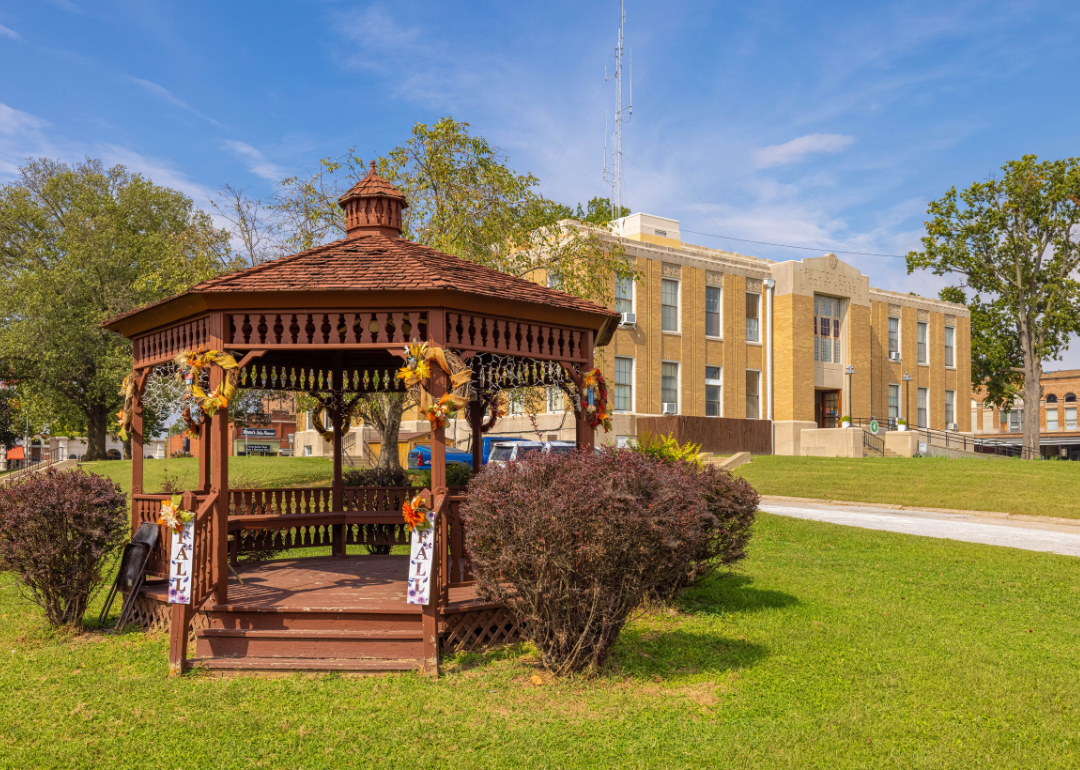
#22. Hamilton County
- Precipitation over the past year: 37.80 inches (#27 rainiest year since 1895)
- Precipitation compared to 1901-2000 average: -4.83 inches below norm
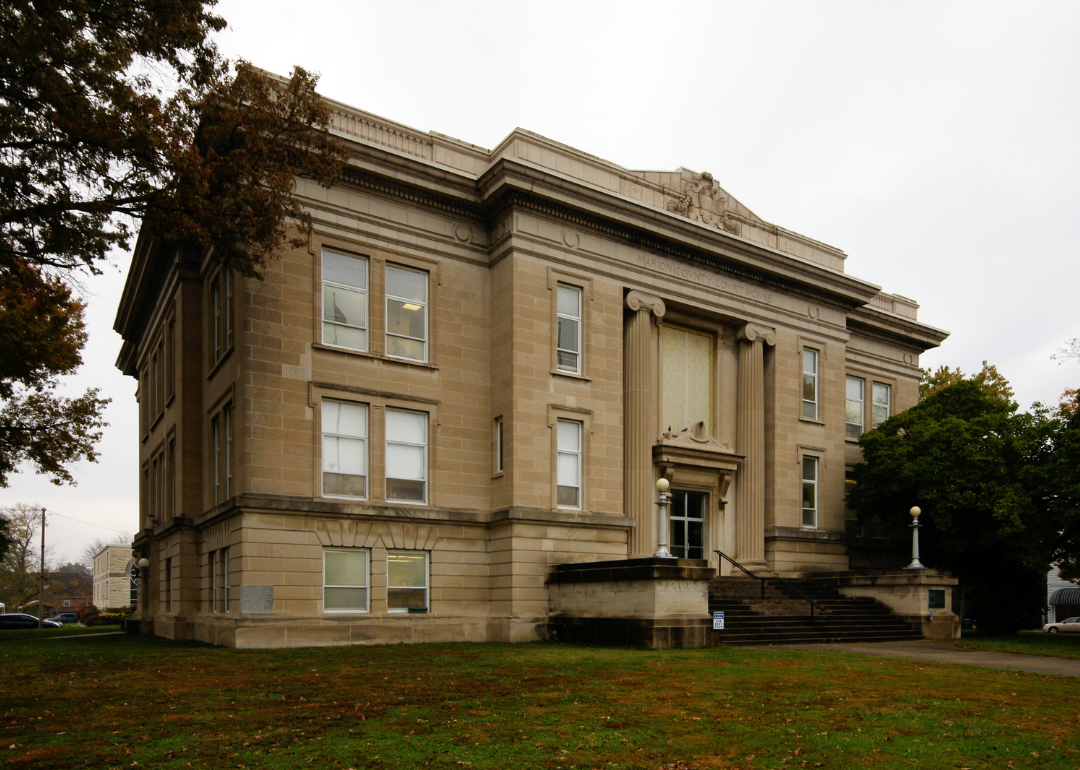
#21. Marion County
- Precipitation over the past year: 42.07 inches (#70 rainiest year since 1895)
- Precipitation compared to 1901-2000 average: 1.62 inches above norm
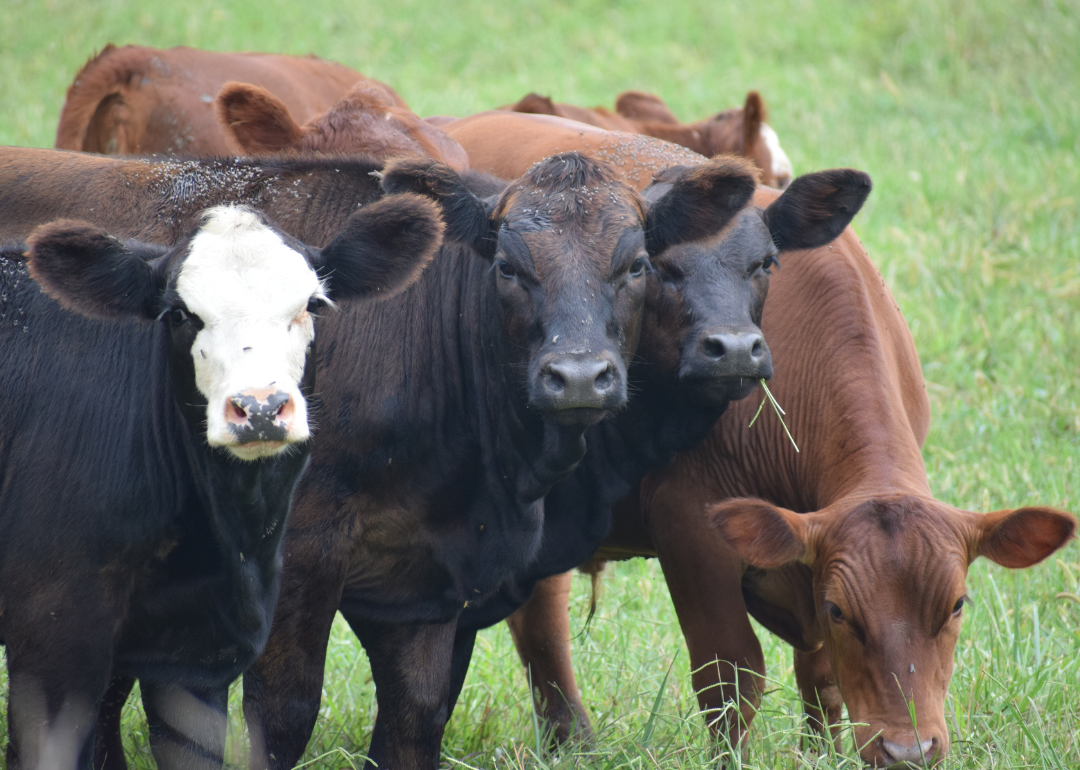
#20. Franklin County
- Precipitation over the past year: 38.55 inches (#38 rainiest year since 1895)
- Precipitation compared to 1901-2000 average: -3.63 inches below norm
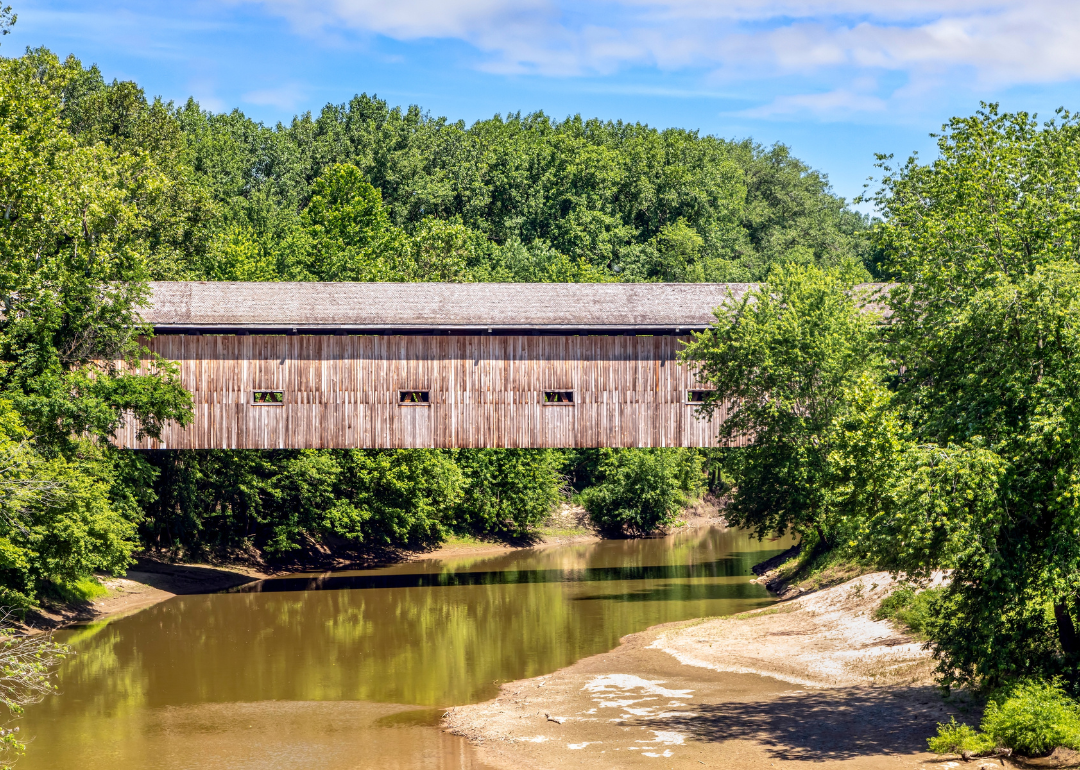
#19. Cumberland County
- Precipitation over the past year: 43.82 inches (#95 rainiest year since 1895)
- Precipitation compared to 1901-2000 average: 4.41 inches above norm

#18. White County
- Precipitation over the past year: 39.77 inches (#41 rainiest year since 1895)
- Precipitation compared to 1901-2000 average: -3.48 inches below norm

#17. Saline County
- Precipitation over the past year: 38.78 inches (#26 rainiest year since 1895)
- Precipitation compared to 1901-2000 average: -5.36 inches below norm
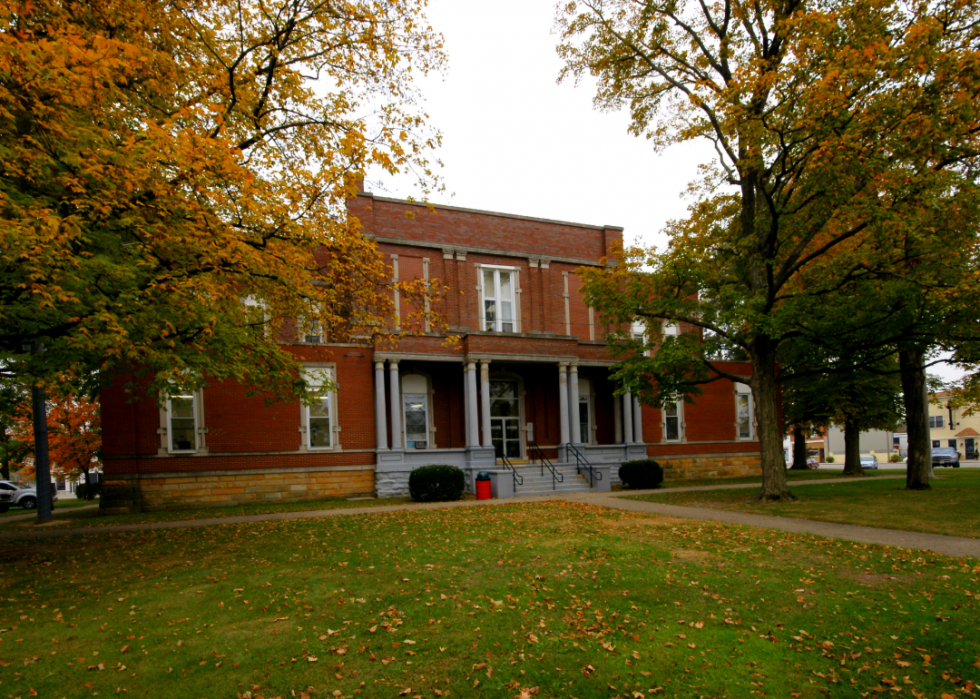
#16. Jasper County
- Precipitation over the past year: 46.36 inches (#95 rainiest year since 1895)
- Precipitation compared to 1901-2000 average: 6.11 inches above norm
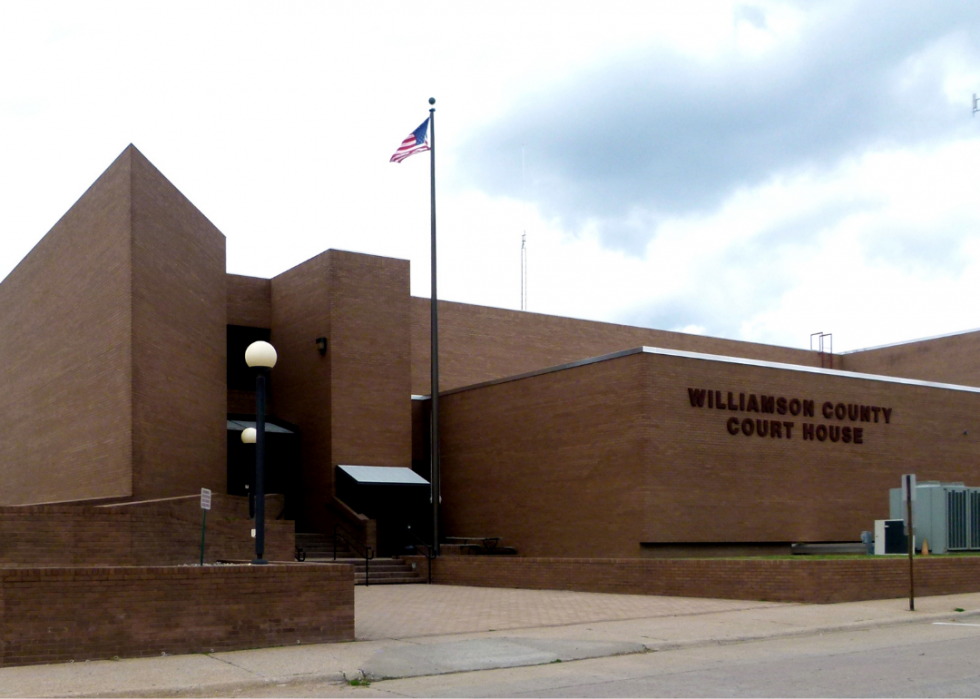
#15. Williamson County
- Precipitation over the past year: 40.01 inches (#37 rainiest year since 1895)
- Precipitation compared to 1901-2000 average: -3.51 inches below norm
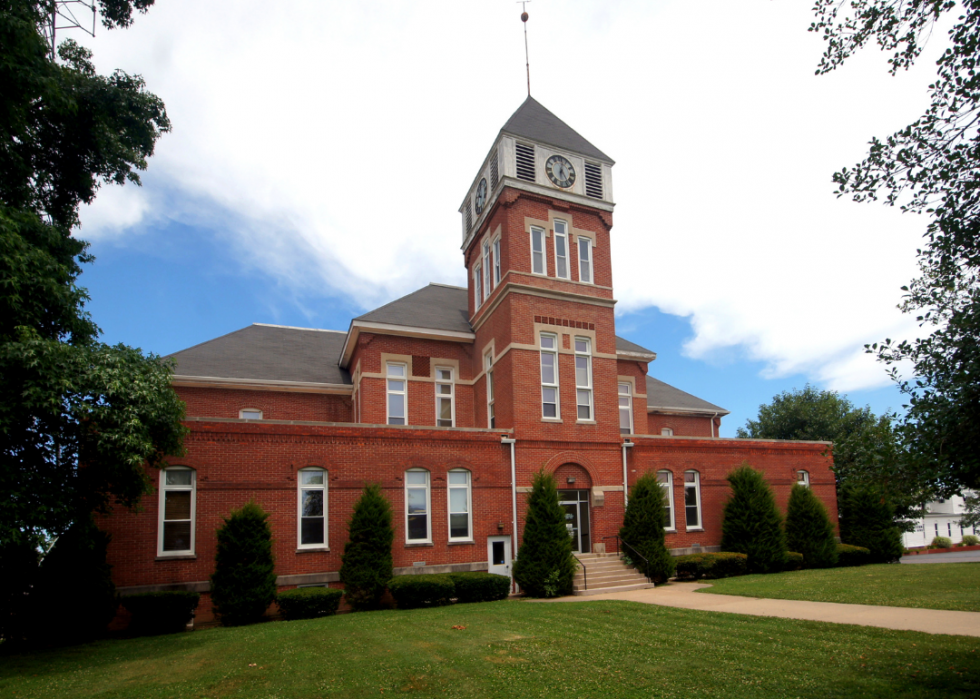
#14. Wayne County
- Precipitation over the past year: 39.25 inches (#42 rainiest year since 1895)
- Precipitation compared to 1901-2000 average: -2.76 inches below norm
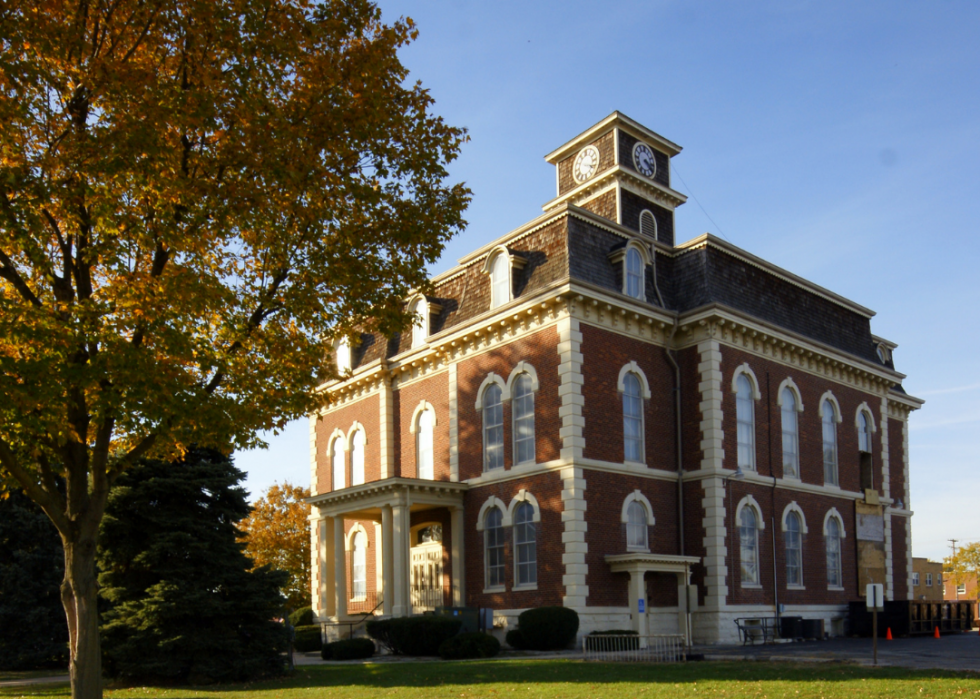
#13. Effingham County
- Precipitation over the past year: 49.72 inches (#112 rainiest year since 1895)
- Precipitation compared to 1901-2000 average: 10.26 inches above norm
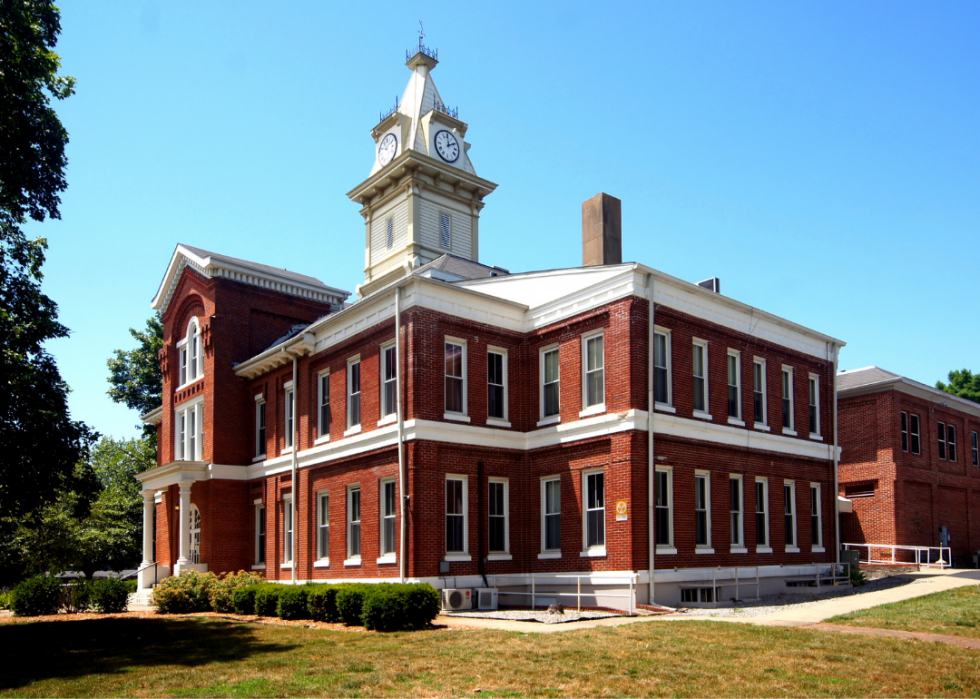
#12. Edwards County
- Precipitation over the past year: 42.09 inches (#58 rainiest year since 1895)
- Precipitation compared to 1901-2000 average: -0.74 inches below norm

#11. Richland County
- Precipitation over the past year: 46.55 inches (#92 rainiest year since 1895)
- Precipitation compared to 1901-2000 average: 5.42 inches above norm
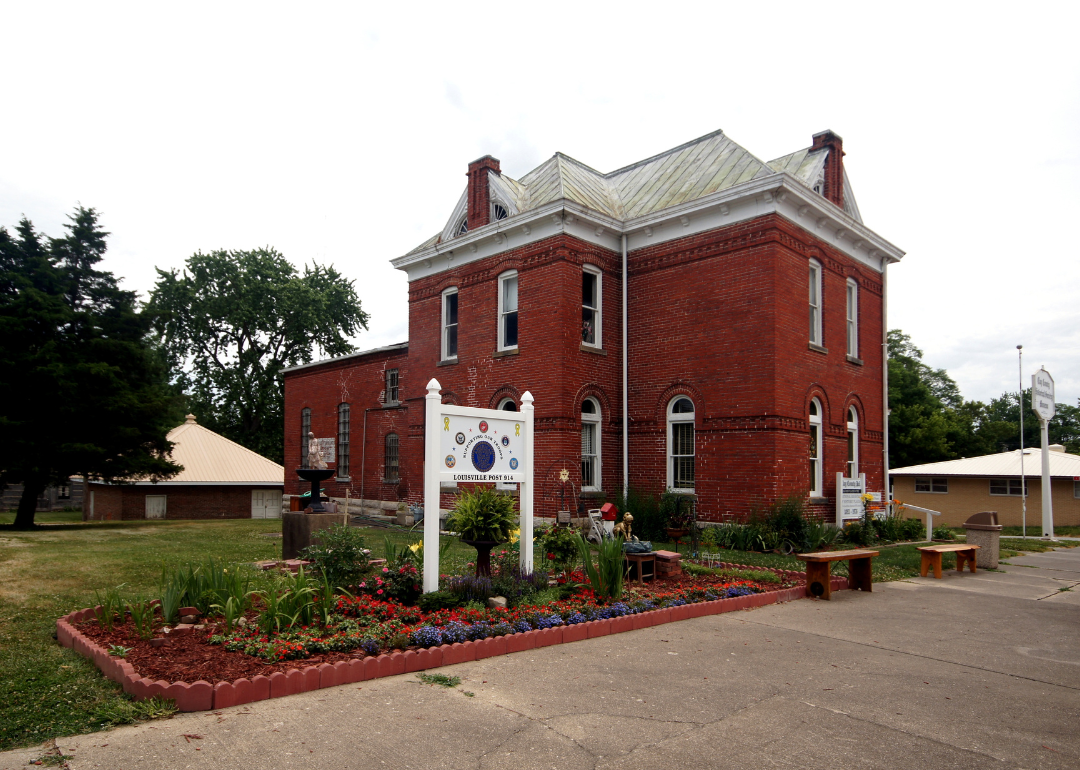
#10. Clay County
- Precipitation over the past year: 45.14 inches (#91 rainiest year since 1895)
- Precipitation compared to 1901-2000 average: 4.84 inches above norm

#9. Union County
- Precipitation over the past year: 42.01 inches (#42 rainiest year since 1895)
- Precipitation compared to 1901-2000 average: -3.05 inches below norm

#8. Hardin County
- Precipitation over the past year: 39.69 inches (#27 rainiest year since 1895)
- Precipitation compared to 1901-2000 average: -6.08 inches below norm
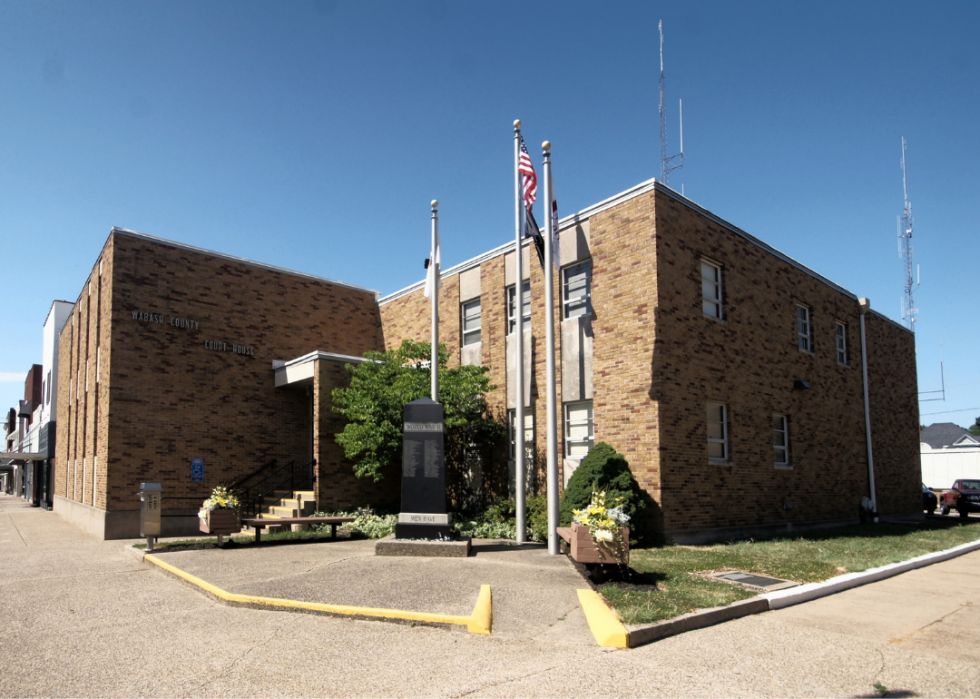
#7. Wabash County
- Precipitation over the past year: 44.64 inches (#70 rainiest year since 1895)
- Precipitation compared to 1901-2000 average: 1.62 inches above norm
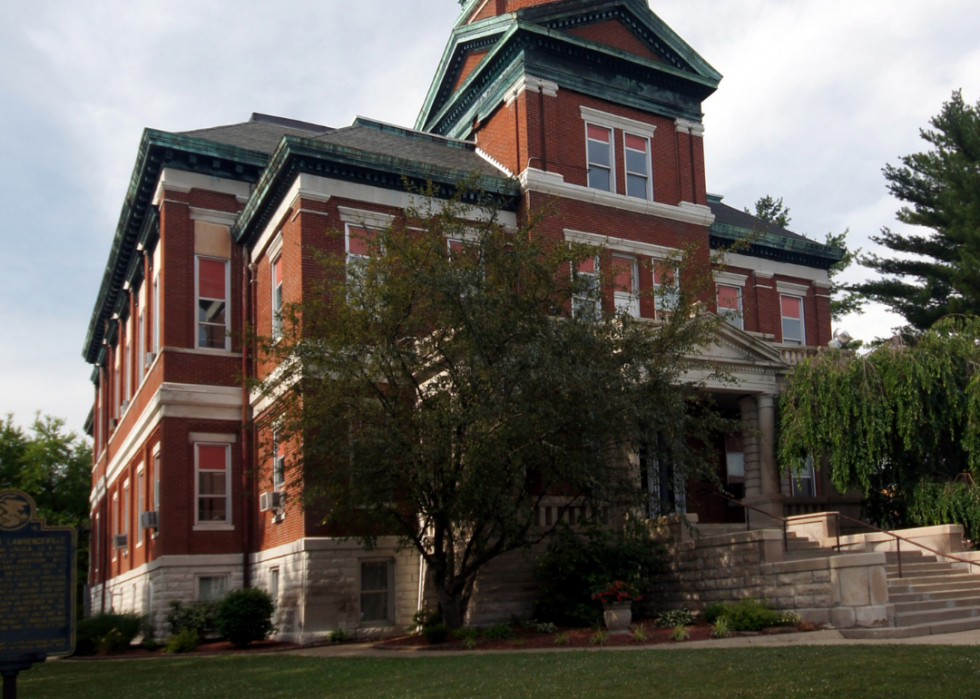
#6. Lawrence County
- Precipitation over the past year: 45.75 inches (#79 rainiest year since 1895)
- Precipitation compared to 1901-2000 average: 3.41 inches above norm
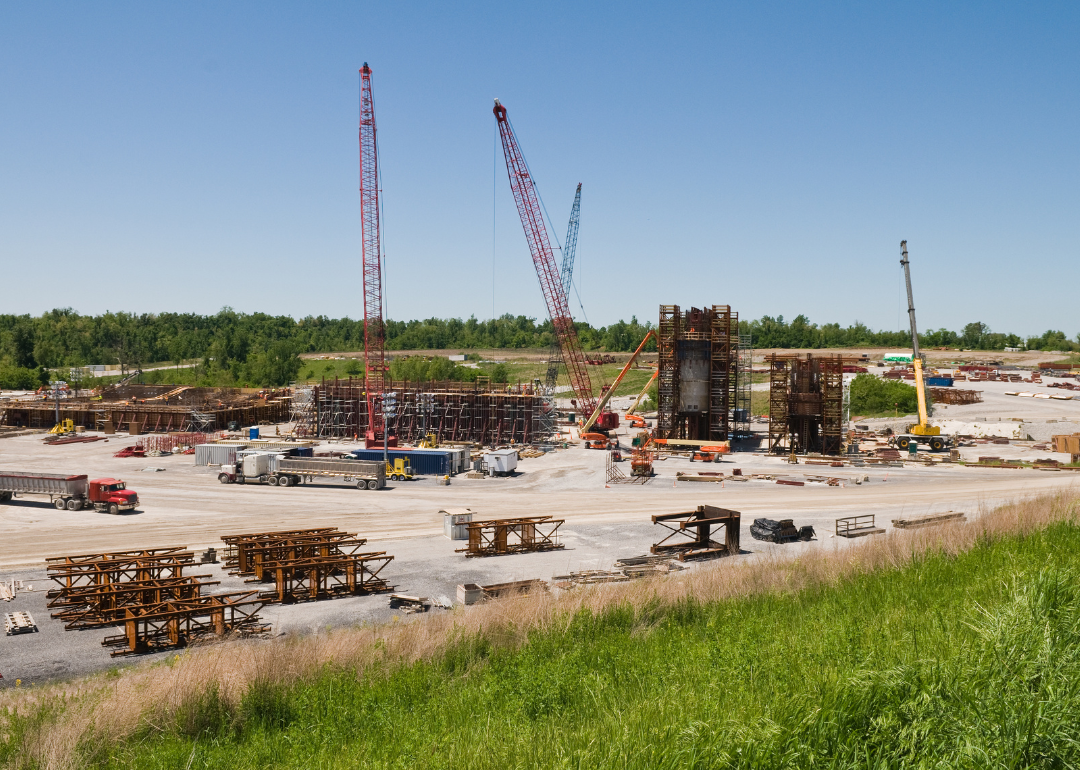
#5. Pulaski County
- Precipitation over the past year: 43.79 inches (#52 rainiest year since 1895)
- Precipitation compared to 1901-2000 average: -1.94 inches below norm
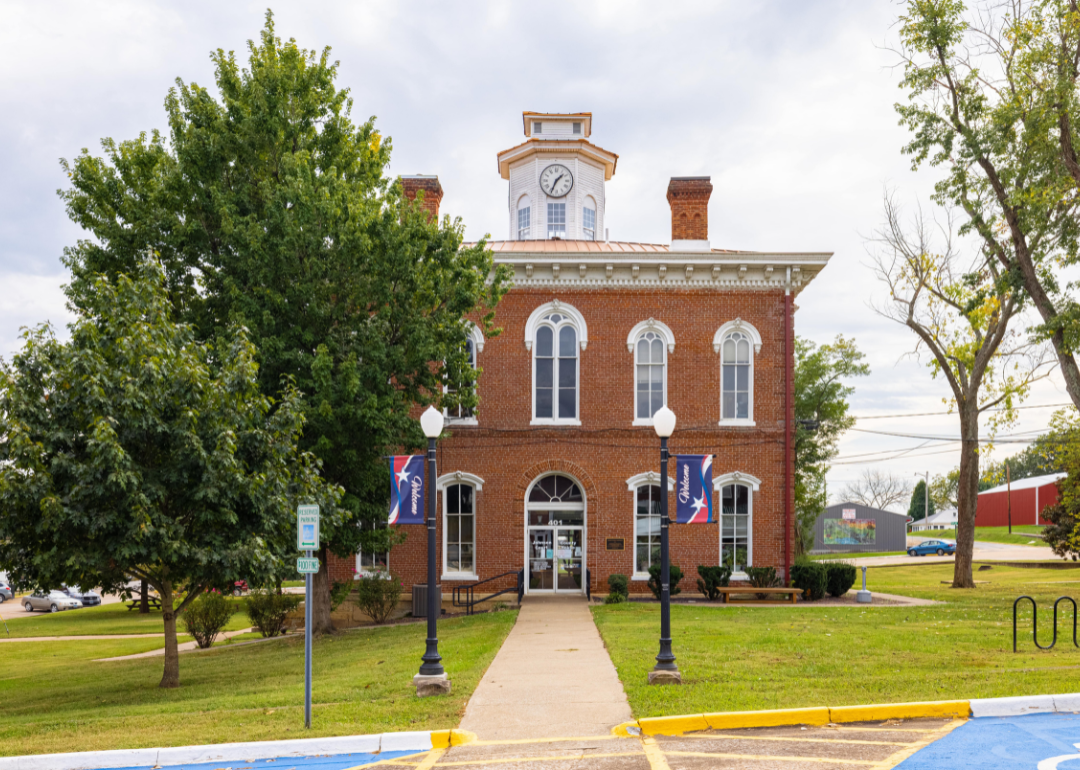
#4. Johnson County
- Precipitation over the past year: 42.68 inches (#42 rainiest year since 1895)
- Precipitation compared to 1901-2000 average: -3.27 inches below norm
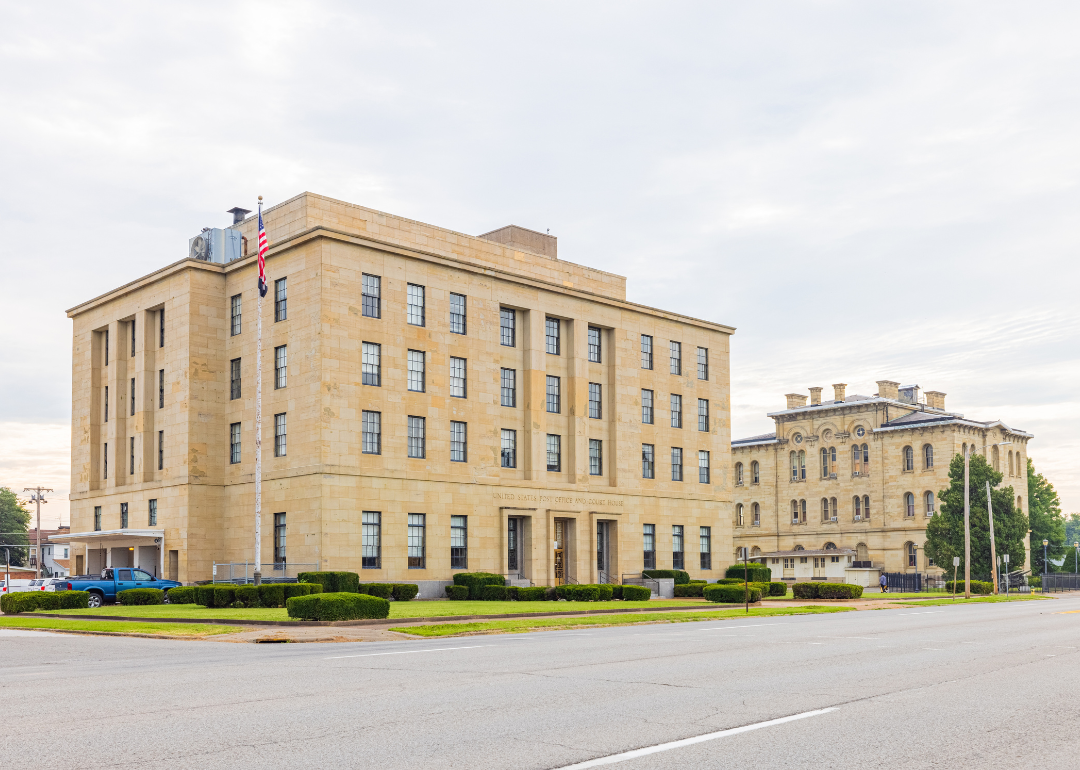
#3. Alexander County
- Precipitation over the past year: 42.88 inches (#48 rainiest year since 1895)
- Precipitation compared to 1901-2000 average: -2.31 inches below norm

#2. Pope County
- Precipitation over the past year: 41.82 inches (#36 rainiest year since 1895)
- Precipitation compared to 1901-2000 average: -4.91 inches below norm

#1. Massac County
- Precipitation over the past year: 44.24 inches (#49 rainiest year since 1895)
- Precipitation compared to 1901-2000 average: -2.88 inches below norm



